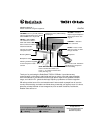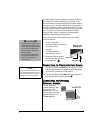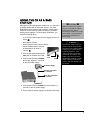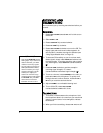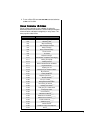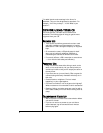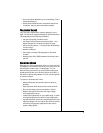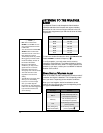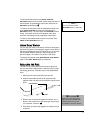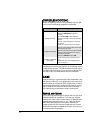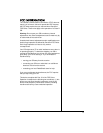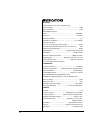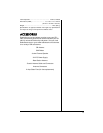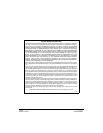
9
• Do not hold down PTT when you are not talking. (This is
called dead keying.)
• Assist callers with directions, information about road
conditions, and any other reasonable requests.
MAXIMUM RANGE
Your CB radio’s transmission range is generally line-of-
sight. The maximum range and quality of CB transmissions
vary depending on the following conditions:
• the type and quality of antenna used.
• the height of the antenna’s mounting location — the
higher the antenna, the better the signal’s range.
• the surrounding terrain — mountains and tall buildings
limit the range.
• weather conditions.
• the number of nearby CBs operating on the same
channel.
• standing wave ratio (SWR) between the antenna and
the CB.
REDUCING NOISE
Because your CB is exceptionally quiet, any noise you hear
is probably from an external source in your vehicle, such as
the alternator, another radio, or spark plugs. You can
determine the noise source by turning off the engine and
operating the CB with your vehicle’s ignition set to ACC. If
the noise is reduced, the problem is in your vehicle’s ignition
or electrical system.
To reduce or eliminate such noise:
• Make all CB power and antenna wires as short as
possible.
• Keep the power wires away from the antenna wires.
• Be sure the chassis ground connection is secure.
• Replace old ignition wires with new, high-voltage,
noise-suppression wires.
• Install noise suppressors on your spark plugs, or install
new spark plugs that have built-in noise suppressors.
• If problems persist, check your alternator/generator and
regulator gauges. You can reduce the noise from these
sources by using bypass capacitors at the various
output voltage points.



